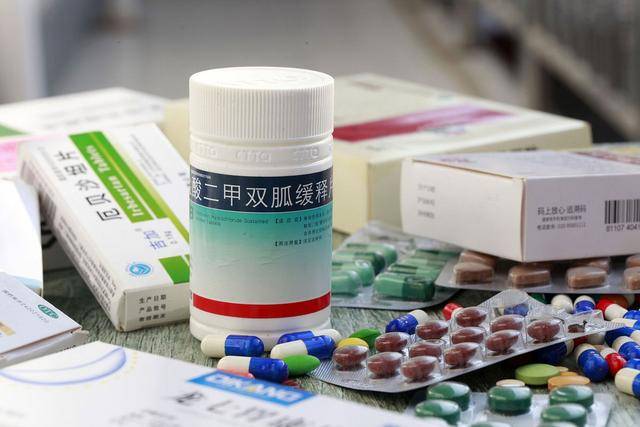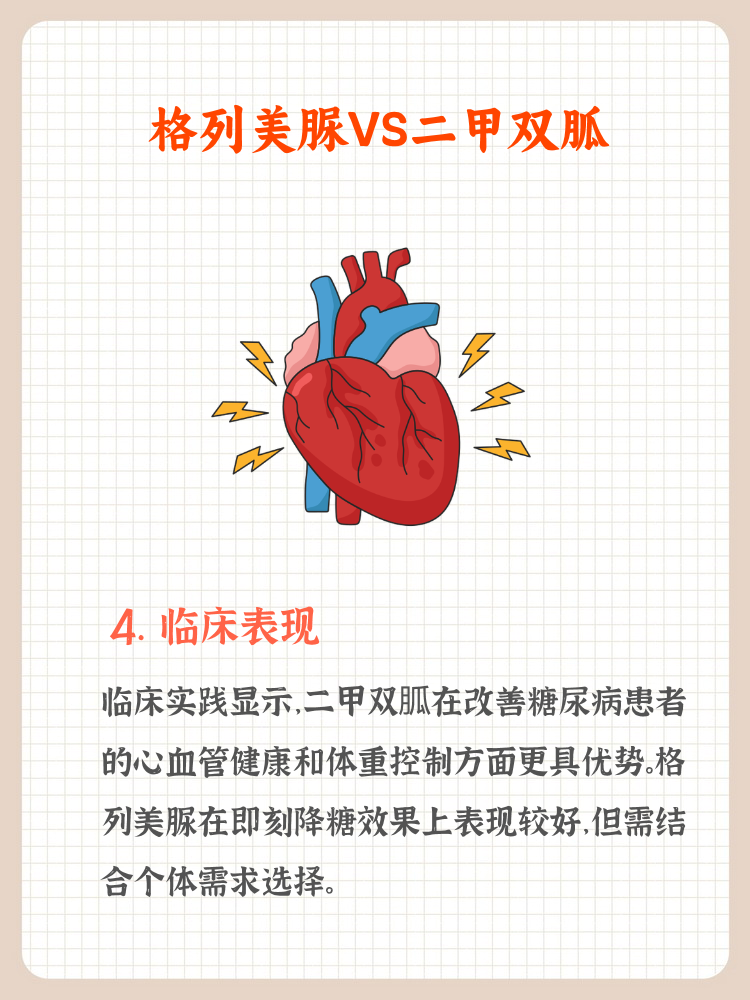最后,研究人员还建立了体外模型来探究二甲双胍对肠道微生物的直接影响,发现 有两个门的细菌的蛋白编码基因受到二甲双胍的直接调节,样本中丰度最高的一个细菌A. muciniphila中有多达10%的蛋白编码基因都受到二甲双胍的调节(二甲双胍的“控制力”也是很惊人了)。这个研究明确的向二甲双胍降糖机制我们展示了,在二甲双胍复杂的降糖机制“列表”中,肠道微生物也要占据一席之位了,不知道未来II型糖尿病患者在服药前后是不是也可以为自己的肠道微生物测个序呢?
参考文献二甲双胍降糖机制:
[1] Werner E, Bell J. The preparation of methylguanidine, and of ββ-dimethylguanidine by the interaction of dicyandiamide, and methylammonium and dimethylammonium chlorides respectively. J Chem Soc, Transactions. 1922;121:1790–5. doi:10.1039/CT9222101790

[2] Bailey CJ, Day C. Metformin: its botanical background. Practical Diabetes International. 2004;21(3):115–7. doi:10.1002/pdi.606
[3] Hao Wu, et al. Metformin alters the gut microbiome of individuals with treatment-naive type 2 diabetes, contributing to the therapeutic effects of the drug. Nature Medicine (2017) doi:10.1038/nm.4345
[4] . Stepensky, D., Friedman, M., Raz, I. & Hoffman, A. Pharmacokinetic-pharmacodynamic analysis of the glucose-lowering effect of metformin in diabetic rats reveals first-pass pharmacodynamic effect. Drug Metab. Dispos. 30, 861–868 (2002).
[5] de la Cuesta-Zuluaga, J. et al. Metformin is associated with higher relative abundance of mucin-degrading Akkermansia muciniphila and several short-chain fatty acid– producing microbiota in the gut. Diabetes Care 40, 54–62 (2017).
[6] Perino A, Pols T W H, Nomura M, et al. TGR5 reduces macrophage migration through mTOR-induced C/EBPβ differential translation[J]. The Journal of clinical investigation, 2014, 124(12): 5424-5436.
[7] Caspary, W.F. et al. Alteration of bile acid metabolism and vitamin-B12-absorption

in diabetics on biguanides. Diabetologia 13, 187–193 (1977)